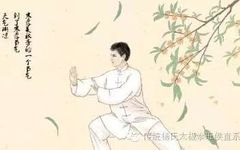Watching the performances of Tai Chi masters is a delightful and refreshing experience, akin to enjoying a beautiful art form. However, some enthusiasts have practiced Tai Chi for many years, feeling confident in their form and movements, yet their practice lacks depth. Those with a larger frame may appear loose; those with a smaller frame may seem tense; and those with a medium frame may be described as average. What is the reason for this?To evaluate someone’s Tai Chi skills, one must consider two aspects: the technical correctness of the movements and the level of practice. The technical correctness involves examining whether the hand shapes, techniques, footwork, body posture, body movements, leg techniques, and eye techniques meet the required standards. The level of practice is assessed based on the displayed strength, coordination, rhythm, spirit, and style, ensuring that the movements are fluid, powerful, coherent, and harmonized, with a natural demeanor, focused awareness, appropriate speed, and distinct style.For beginners, it is essential to first focus on the form before delving into the essence, achieving “form resemblance” before working towards “spiritual resemblance.” This is similar to practicing calligraphy, where one must first master the strokes of regular script, ensuring proper structure and appearance, before refining the brushwork and transitioning to semi-cursive and cursive scripts, ultimately achieving fluidity and personal style. Mastering the basic techniques of Tai Chi while maintaining correct posture throughout complex and continuous routines is crucial. Only then can one further understand the essence of the movements, practice strength, embody coordination, express spirit, focus on rhythm, and enhance the level of practice, showcasing the charm of Tai Chi. Correctly mastering the technical specifications and improving the level of practice are both indispensable.Many practitioners attend training classes repeatedly, learning one set after another, practicing the same routine multiple times, yet after several years, they see little improvement. This is often because the training classes they attend primarily cater to beginners, focusing on teaching basic techniques and movement specifications, leading to repetitive learning. Of course, mastering basic techniques and correctly grasping movement specifications is just the beginning; more importantly, it is about how to enhance the level of practice and express the essence of Tai Chi. Movements lacking essence are akin to empty shells without substance.Essence-filled Tai Chi is a unity of internal and external, embodying both form and spirit, showcasing not only aesthetic beauty but also releasing an alluring inner beauty, providing a sense of grace, completeness, and fullness. How can one express the essence of Tai Chi? How can one improve the level of Tai Chi practice? Here are some insights and reflections for practitioners to consider.1. Understand, Experience, and Express the Essence of MovementsThe essence of movements includes three aspects: key points of the movements, combat significance, and cultural genes.Learning movements should involve a clear rational understanding of the basic technical requirements, the pathways to complete the movements, and the distinction between correct and incorrect movements, as well as understanding the key points of the movements. Like other martial arts, every movement in Tai Chi has offensive and defensive meanings, even though most modern practitioners do not intend to engage in combat. However, to express the original flavor of Tai Chi, which is primarily about combat, and to embody its essence, one must understand its offensive and defensive meanings.The cultural genes of Tai Chi movements distinguish it from other sports. The vivid names of movements, the lifelike forms, and the circular movement patterns all contain rich cultural connotations. Understanding the cultural genes of movements deepens the comprehension of their essence and forms an idealized awareness of the movements.Experiencing the essence of movements means integrating awareness—both the sensory understanding of the movements and the comprehension of their essence—into the routine practice, reflecting and gradually grasping the essence.Expressing the essence of movements involves manifesting this understanding through physical movements and continuously accumulating insights gained from this process, ultimately forming a unified dynamic expression of internal and external. Gradually achieving coordination of intention, energy, strength, and form, the Tai Chi practiced at this stage can reflect a complete sense centered on the internal, forming a unified whole of technical practice that combines “form resemblance” and “spiritual resemblance.”2. Calm Mind and Relaxed Body
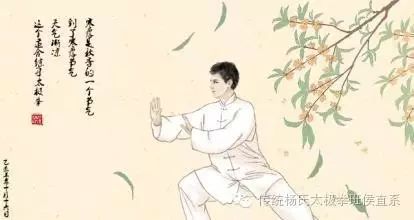
Calmness of mind means maintaining a tranquil state of mind, focused intention, and eliminating distractions from the very beginning of Tai Chi practice. One should control and regulate the practice techniques with mental activity, akin to practicing Qigong by entering a state of stillness, concentrating on every detail, ensuring that intention guides the movements.For example, when pressing forward with the hands, one should first visualize the forward pressing action before the movement follows the intention; when intending to sink energy, one should visualize the energy sinking to the dantian. This method of guiding movements with intention can regulate the functions of the cerebral cortex and central nervous system, enhance the functions of other body organs, and harmonize intention, movement, and breathing.Calmness of mind is the prerequisite for a relaxed body.Relaxation, in its original sense, means to loosen, untie, and let go. In Tai Chi, it refers to being relaxed, calm, active, and mobile. The relaxation in Tai Chi means consciously allowing the heart, all joints, and muscles to achieve maximum overall relaxation while maintaining correct posture, under the premise of a calm mind, forming a coordinated movement that is organically unified from the inside out. “If the limbs and joints are not relaxed, then the mind, intention, and strength cannot flow, and the whole body’s movements will be uncoordinated.”Relaxation in Tai Chi is characterized by being soft, active, calm, and integrated. It is a conscious effort, not a careless or passive state; it is not slack or loose; it is not an expression of relaxation that appears weak, floating, or aimless; nor is it a display of vitality that is merely superficial. By adhering to the principle of “using intention rather than force” in practice, one will gradually develop a light yet solid internal strength that is elastic and resilient.Sinking means to descend, to go down, or to place down. In Tai Chi, sinking refers to being calm, composed, and stable, with energy sinking. The sinking in Tai Chi practice should be guided by a calm mind, sinking energy to the dantian, and using intention rather than force, achieving a posture of relaxed shoulders, drooping elbows, a contained chest, and a relaxed waist and hips, ensuring that the feet are strong and the lower body is stable. As the renowned master Li Yaxuan metaphorically described: practicing Tai Chi is like a heavy-laden ship, exhibiting both a dynamic form and a stable state, with gravity sinking down and buoyancy lifting up. Similarly, the legs act like the springs beneath a train car, preventing the car from bouncing up and down, allowing for smooth forward movement.Relaxation and sinking are two essential elements of Tai Chi, forming a unified whole. Thus, there is the concept of relaxation and sinking; although their meanings differ, they complement each other and are both indispensable.Relaxation occurs on the basis of sinking, while sinking is grounded in relaxation. Relaxation without sinking is slackness and floating; sinking without relaxation is rigidity and stagnation. Therefore, relaxation and sinking are interdependent, and in practice, the overall requirement for relaxation and sinking should be: comfortable, natural, dignified, and stable. The requirements for various body parts are: the head must be upright and calm, the spirit concentrated at the crown, the shoulders and elbows must be relaxed and drooping, the arms slightly bent, the chest relaxed and contained, energy sinking to the dantian, the waist and hips moving freely, and the legs and feet clearly distinguishing between empty and solid. While maintaining a calm mind and relaxed body, following these actions will achieve relaxation and sinking.3. Coherent and Fluid Movements
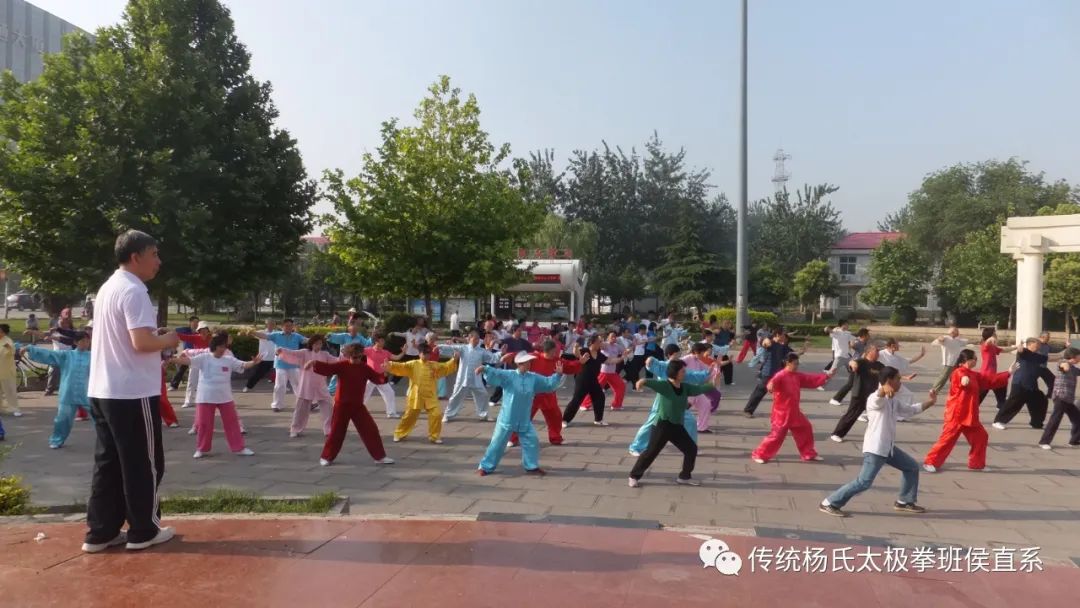
Mastering the correct posture in Tai Chi and practicing with a calm mind and relaxed body, the fundamental requirement is to achieve overall coordination and seamless continuity, which is a crucial measure of Tai Chi skill and an important basis for expressing the essence of Tai Chi.The requirement for continuity in Tai Chi practice includes:First, the coordination of body parts, which means “connecting each segment.” Coordination involves the upper limbs working in harmony with the lower limbs, and the limbs coordinating with the torso. Coordination must be centered around the waist, with upper limb movements guided by the waist, back, elbows, and hands. Lower limb movements are guided by the waist, hips, knees, and feet. As the Tai Chi classics state: “The root is in the feet, generated in the legs, governed by the waist, and expressed in the fingers; from feet to legs to waist, it must be a complete flow of energy.” Internally, one must achieve harmony between heart and intention, intention and energy, and energy and strength; externally, one must achieve harmony between hands and feet, elbows and knees, and shoulders and hips. This leads to a unity of internal and external, with upper and lower parts following each other, and the whole body in unison, such that “a movement of a hair affects the whole body.”Second, the coordination and continuity of movement transitions, meaning “each movement connects to the next.” The end of one movement is the beginning of the next. The transitions between movements should be natural and smooth, without any interruption or pause, thus forming a continuous flow of movements.Furthermore, Tai Chi’s coordination and continuity must also grasp the five principles of symmetrical coordination: “If the intention is upward, it must first be downward; if the intention is to the left, it must go to the right; in moving forward, there must be support from behind; up and down, left and right, are interconnected; pulling and extending, seeking straightness within curves” (excerpted from “Research on Tai Chi”). This enhances the internal quality of coordination, allowing the strength to flow smoothly and facilitating changes.Fluidity is a further requirement based on continuity, meaning being complete and smooth. In an infinitely extended spiral arc movement, it should be perfect without concavities or convexities, without sharp edges or defects.Tai Chi is a circular movement, like the moon orbiting the earth. The earth rotates while orbiting the sun, and their movement patterns are perpetually circular. Our ancestors, while exploring the laws of celestial movements, also sought to understand the principles of human life, realizing that the fundamental principle of existence is circular movement, which is the fundamental law of survival for all things. “Taking from afar, taking from within.” Tai Chi is also based on the understanding of the circular movement of the universe, establishing its own circular movement laws.Practicing Tai Chi must involve experiencing the hand techniques, foot techniques, and body techniques within the form of circular movement, understanding the rules and key points of the arc movements participated in by the limbs. The human body, during movement, uses the spine as the main axis, with the upper limbs revolving around the shoulder, elbow, and wrist joints, exhibiting multiple subjects of arc entanglement formed by vertical, horizontal, and diagonal circles. The lower limbs alternately support the body weight, temporarily not bearing the weight of the supporting leg. One is either completing the operation of a vertical circular arc or a horizontal circular arc. Only by recognizing and understanding the laws of circular movement in Tai Chi, and following the rules of arc movement, can one achieve fluidity and smoothness.4. Clear Distinction Between Empty and Solid
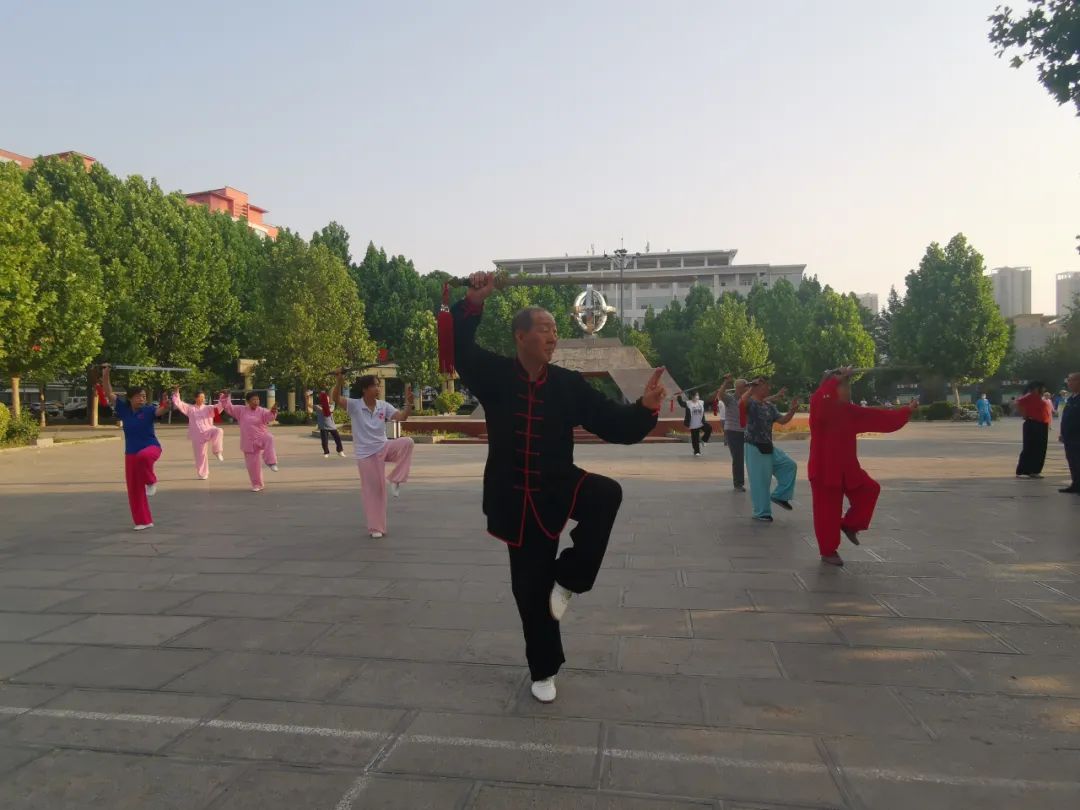
The great master Yang Chengfu emphasized the distinction between empty and solid as the “first principle” in Tai Chi, highlighting its crucial role. The entire process of practicing Tai Chi is a continuous exchange of yin and yang, with constant changes between empty and solid. Without the concepts of empty and solid, one cannot discuss Tai Chi; without understanding empty and solid, one cannot understand Tai Chi; and without distinguishing between empty and solid, what is practiced cannot be called Tai Chi.To achieve a clear distinction between empty and solid, one must first maintain a stable balance of body weight in a state of relaxation and fluid movements, ensuring a solid lower body and flexible transitions. The formation of each step, the connection between one posture and the next, and the changes in position and direction all involve the movement of footwork and the shifting of the center of gravity. The legs alternately support the center of gravity, maintaining stability. The leg primarily supporting body weight is solid, while the leg assisting or moving is empty; the transitions between empty and solid in the legs are varied and dynamic. For one leg, it can shift from fully solid to fully empty; from fully solid to three parts empty; from three parts solid to nine parts solid; or from fully empty to seven parts empty. The upper limbs, with the arms embodying the main content of the movements, are solid, while the assisting arms are empty; in the transformation of strength, the solid movements are composed and substantial, while the light and subtle movements are empty.To achieve a clear distinction between empty and solid, one must understand the role of empty and solid in Tai Chi practice, clarifying the laws of their existence. While being aware of the requirements for each movement regarding the body’s empty and solid states, one should, under the guidance of awareness, ensure that the upper and lower limb movements are coordinated in their empty and solid states, and that the footwork and center of gravity transitions are harmonized, achieving a clear distinction between empty and solid.Every move in Tai Chi has elements of empty and solid, and this distinction is ever-present. The concepts of empty and solid exist in subtle variations, permeating and complementing each other. If the concept of empty and solid is unclear, the changes within them become indistinct, leading to instability in the center of gravity and awkwardness in movement.5. Natural Breathing
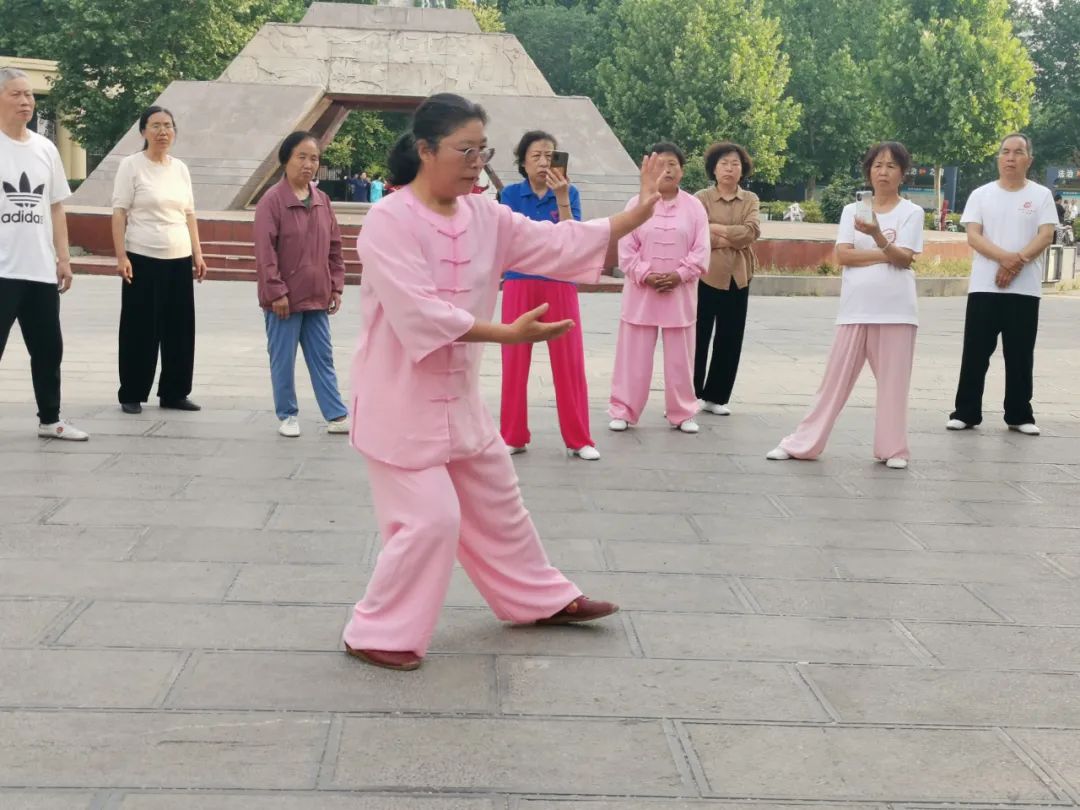
Breathing is often an overlooked aspect of practicing Tai Chi. However, mastering the correct breathing method plays a significant role in enhancing the level of Tai Chi practice.Practicing Tai Chi requires deep, even, and natural breathing, ensuring smoothness and naturalness. One should adopt natural breathing, which is even and gentle, inhaling and exhaling slowly. If forced, it can lead to breath-holding, resulting in stiffness in movements.6. Integration of Form and Spirit
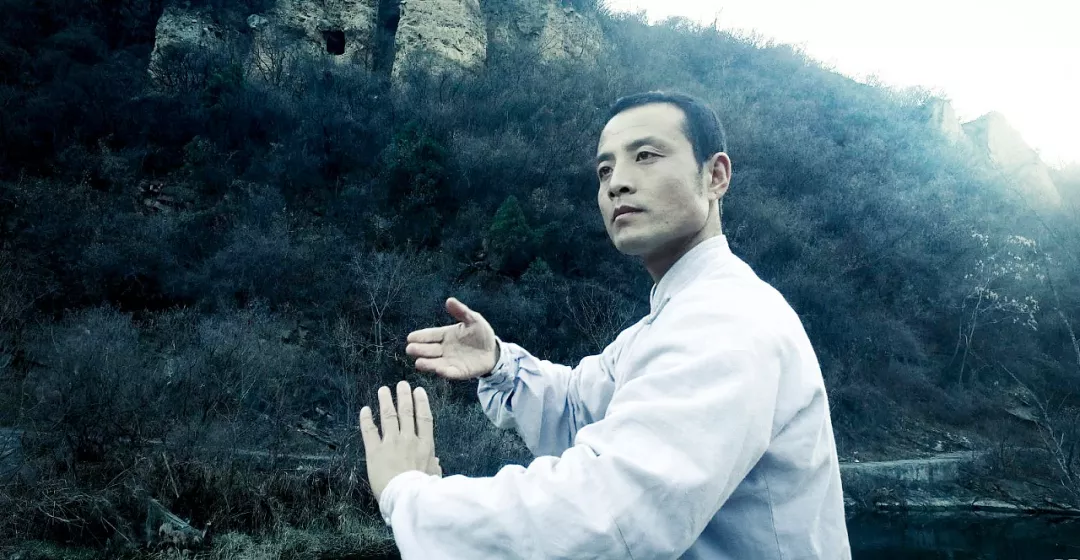
To practice Tai Chi well, in addition to mastering the technical specifications and striving to enhance calmness of mind and relaxed body, coherence and fluidity, clear distinction between empty and solid, and natural breathing techniques, one must also pay attention to the expression of spirit during practice, which is the “essence, energy, and spirit” required in Tai Chi, achieving a balance of form and spirit.The term “spirit” refers to the external expression of the overall feeling of the practice techniques. Spirit is the rational control and grasp of the form, a comprehensive understanding of the essence, strength, coordination, rhythm, breath, and style of Tai Chi, expressed through the external movements, showcasing the momentum and charm of Tai Chi. Mr. Li Deyin once said about how to express the charm of Tai Chi: “You must use the ‘essence, energy, and spirit’ you display to impress the judges and captivate the audience…”During practice, one must first achieve focused spirit, being oblivious to the people, scenery, and objects around, as if in a world of one’s own, with an inner awareness of combat. This should express courage, agility, composure, and fearlessness. The spirit expressed should be expansive yet subtle.Secondly, attention should be paid to the coordination between the gaze and body movements. The eyes are the windows to the soul, and the gaze is an important aspect of expressing spirit and quality. Thus, there is a saying, “hands follow the eyes, and where the hands go, the eyes follow.” In practice, if one does not skillfully use this gaze, the movements will lack vitality, and the routine will become a mere mechanical display. If the gaze aligns well with each movement, it will fully express the awareness of the essence, making the entire action more coordinated and impactful.In practice, there are mainly two types of gazes: one is “fixed gaze,” which means looking straight ahead or focusing on a point, often used in static postures and moments of pause, where the inner spirit of “waiting for the right moment to act” should be expressed. The other is “following gaze,” which means the spirit follows a specific part of the body or an object until the movement is completed, embodying the principle of “the movement follows the spirit, and the hands follow the eyes.” This is often used during transitions.Regardless of which gaze is used, it should be guided by intention, hence the saying “the intention moves, and the spirit follows.” Generally, the direction and position of the gaze should align with the focused intention. In practice, the gaze should neither be glaring nor relaxed; it should neither be dull nor pretentious, but rather natural, relaxed, focused, and subtle. “Form resemblance” is the foundation of “spiritual transmission,” and “spiritual transmission” is the internal expression of “spiritual resemblance.” Neglecting either aspect will prevent achieving the effect of “integration of form and spirit.”

If there are any copyright issues, please contact the original author through the backend.The articles published are for learning and reference only.Please practice under the guidance of a professional teacher.
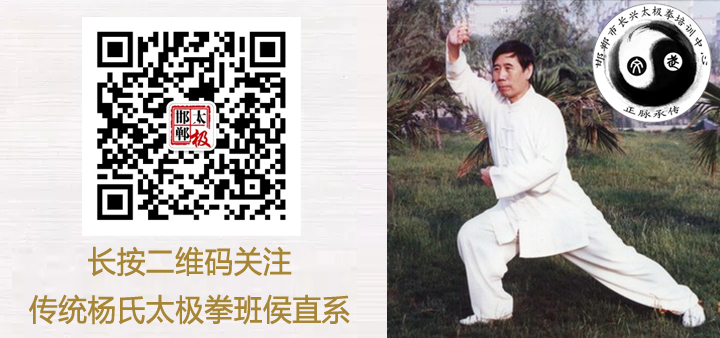
Official website: http://www.yunshuiwang.com



